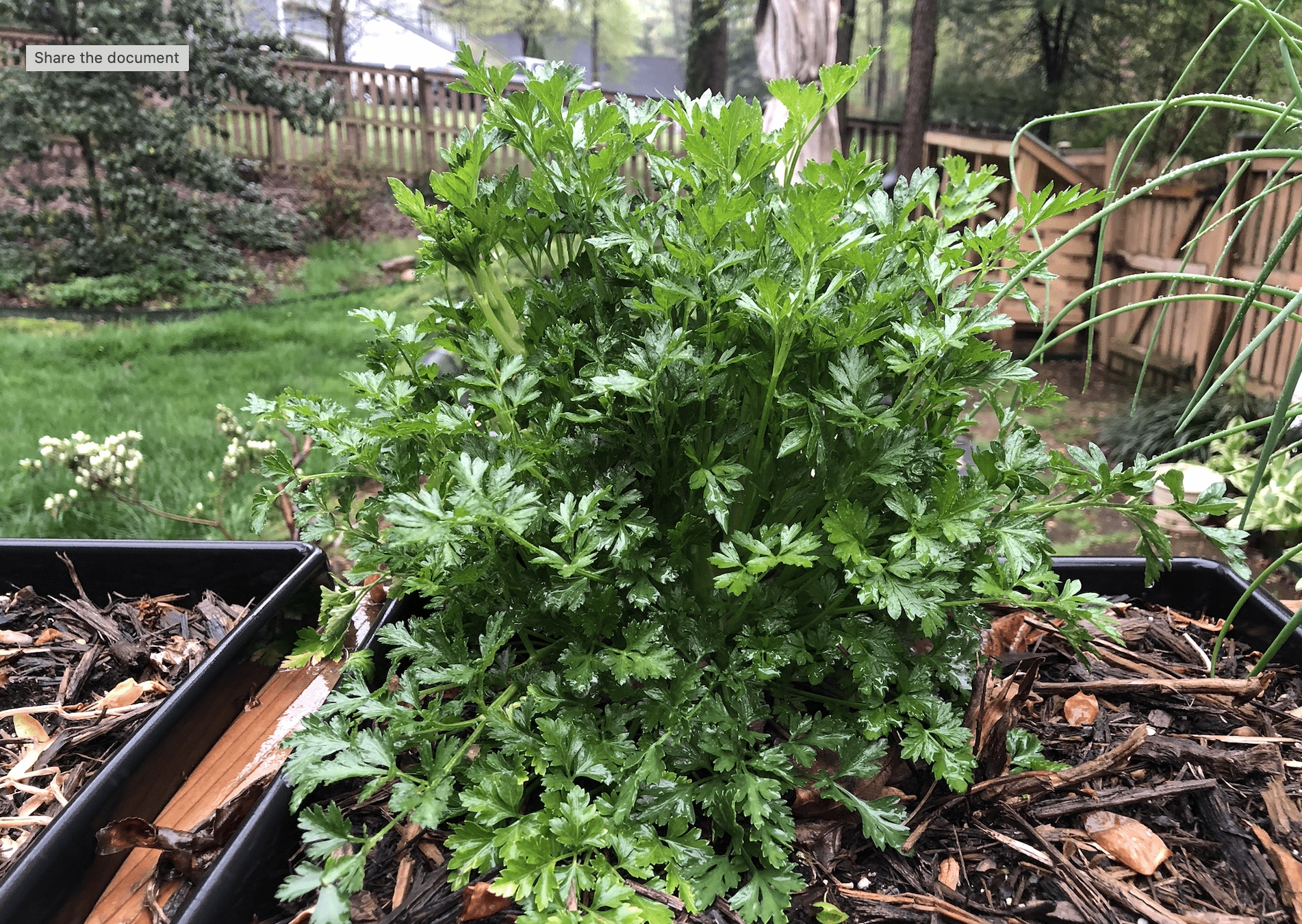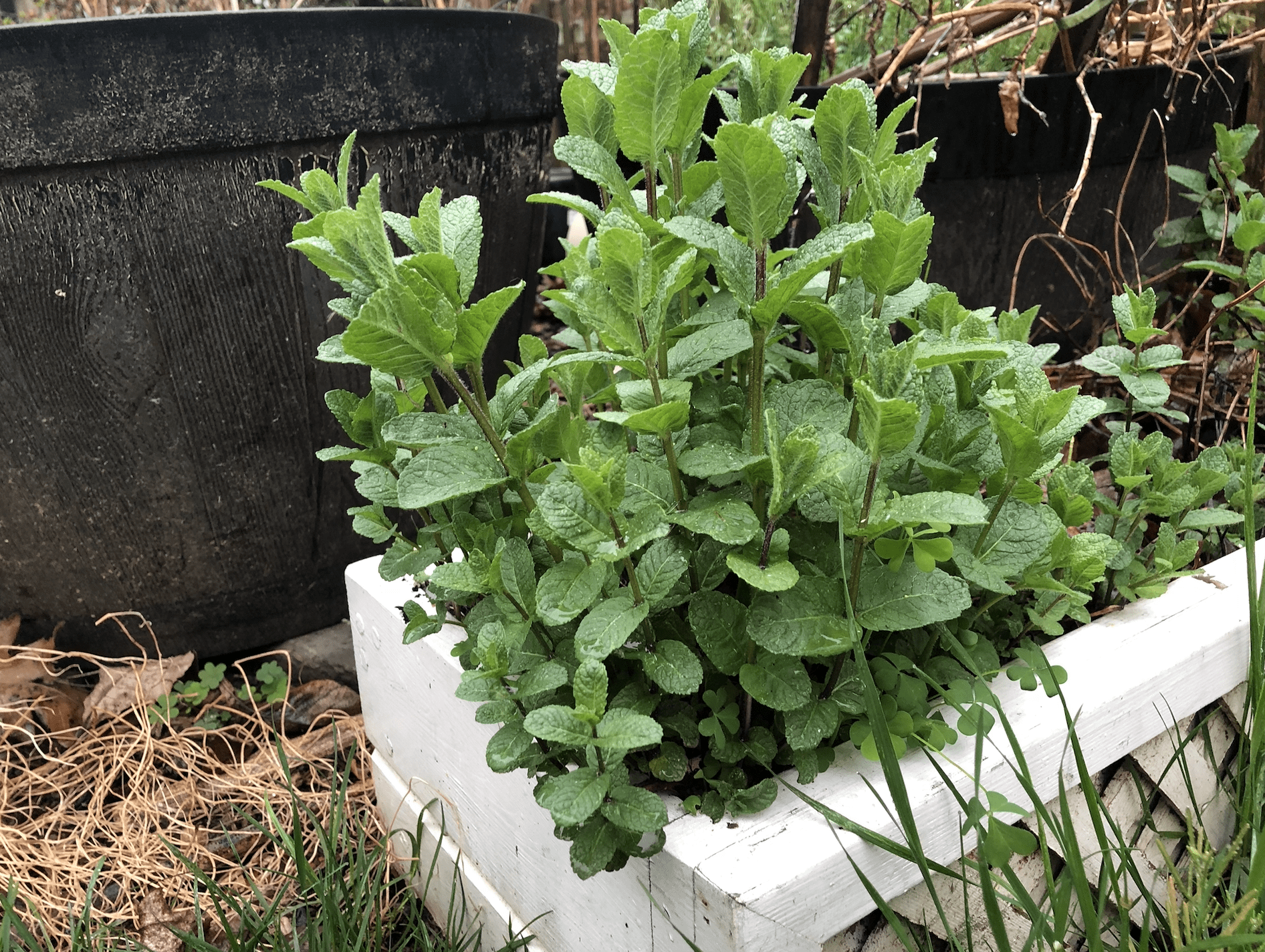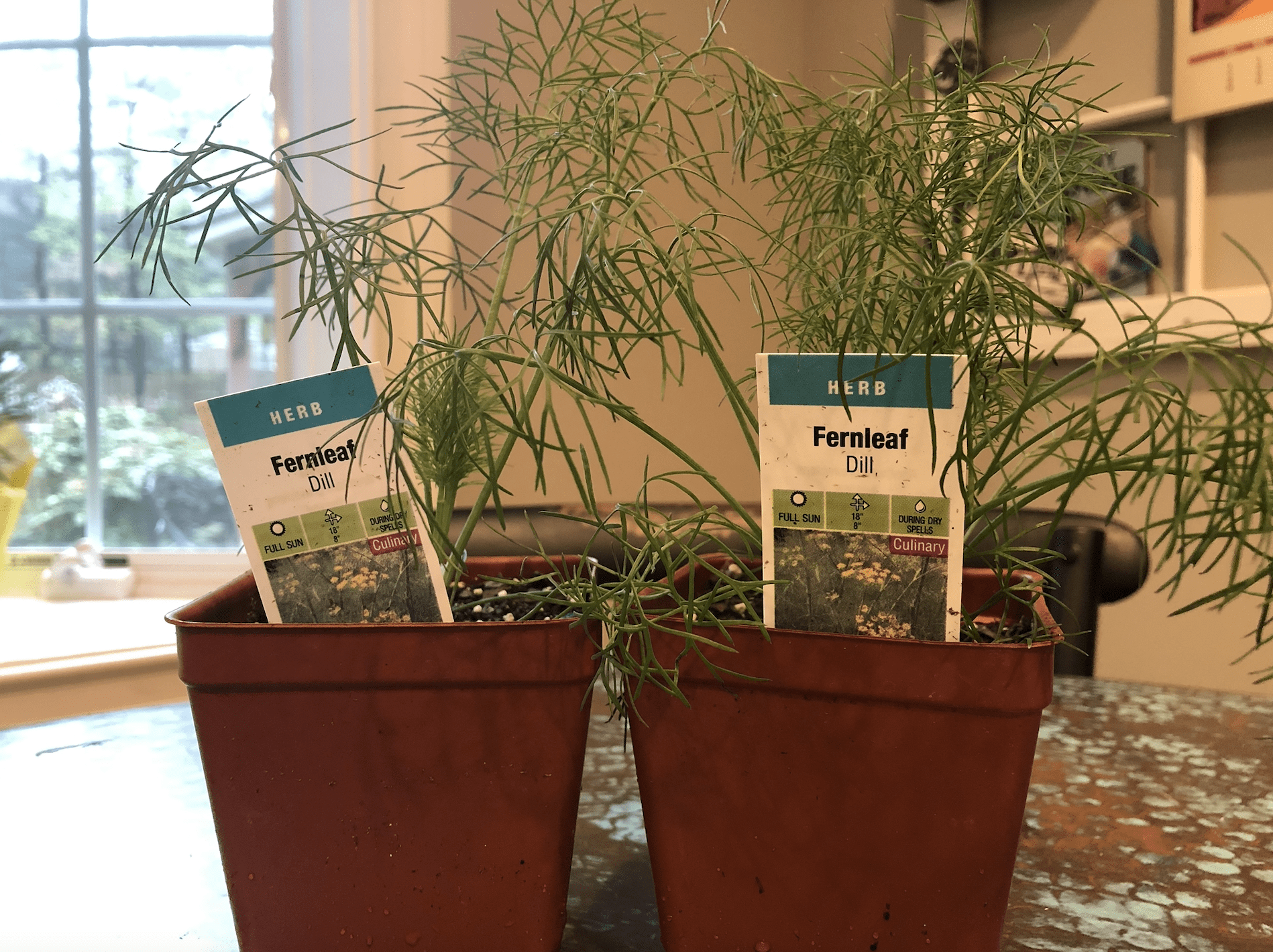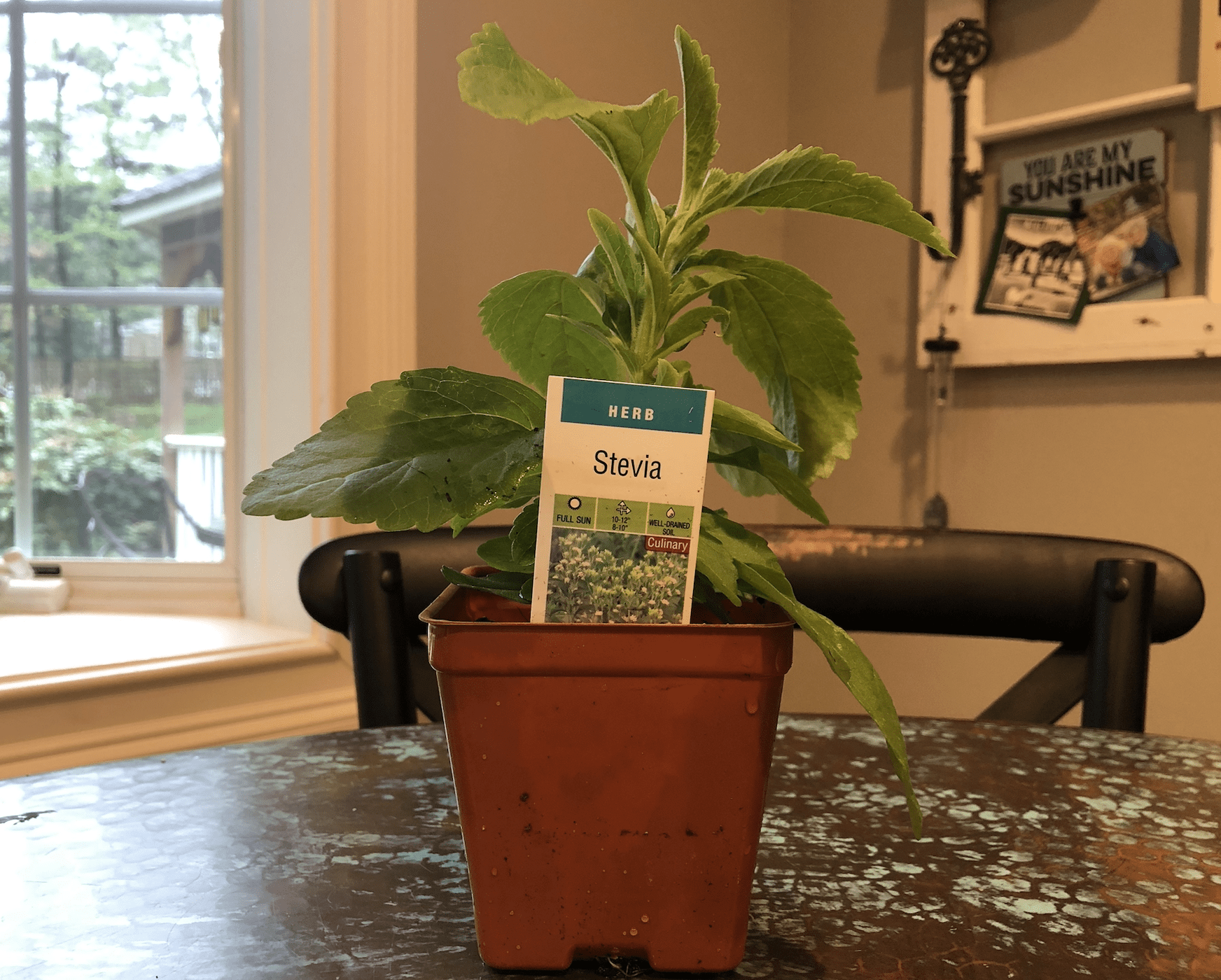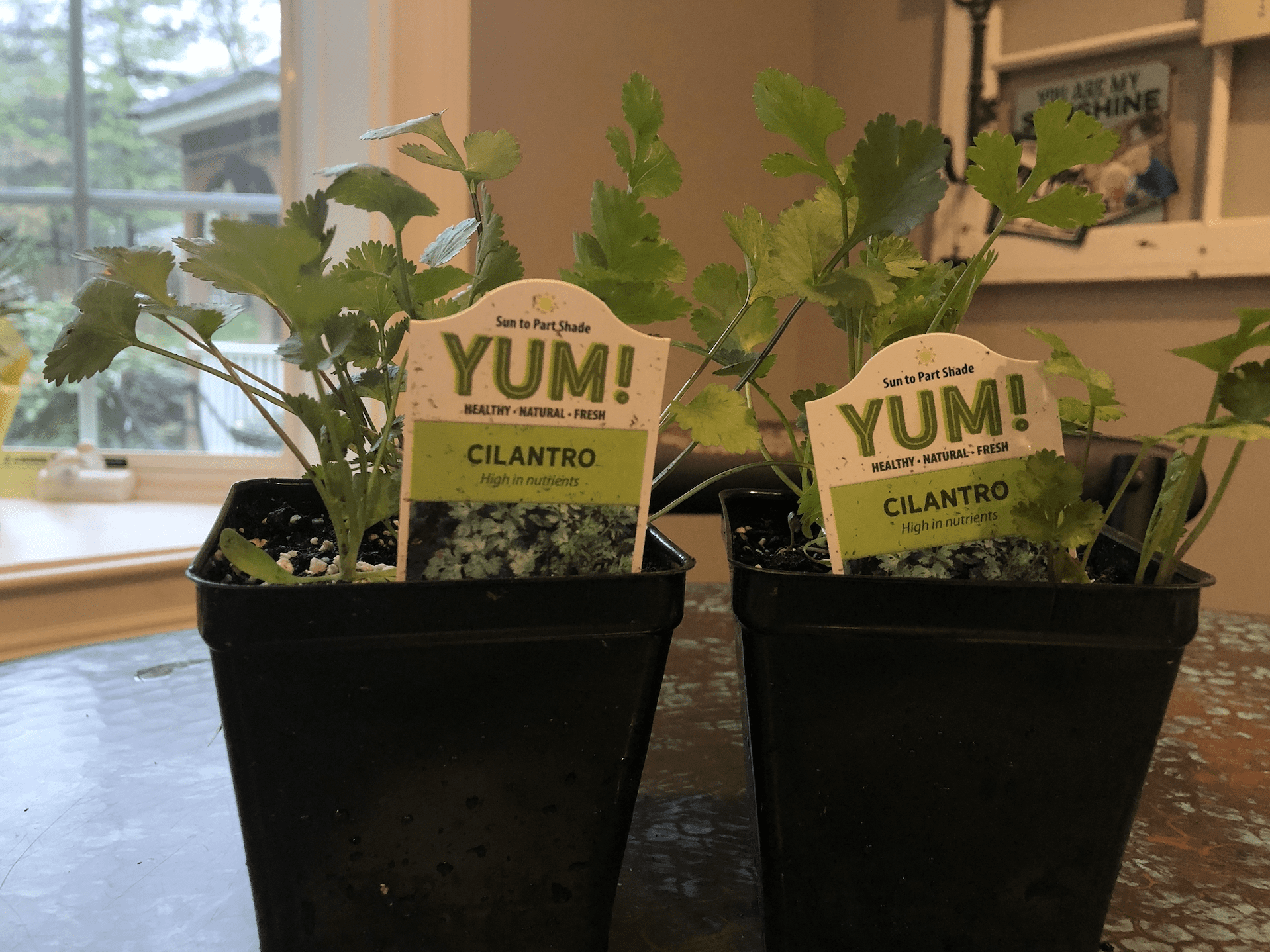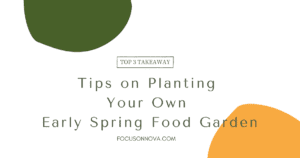
Top-3 Takeaway: Tips on Planting Your Own Early Spring Food Garden by Tracey Barrett
Early Spring Vegetables must be hardy enough to tolerate cooler temperatures and even a light frost. If growing from seed indoors, start during February/March and again in the Fall (August/September). April is the perfect time to move these outside into the soil so it is the perfect time to purchase starter vegetables and get them in the ground. For some of these they will be ready to eat in late spring and early summer. For others they will spend the summer maturing to nourish you through the winter.
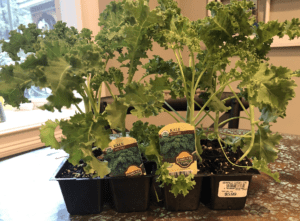
MUSTARD FAMILY: CABBAGES, GREENS, RADISHES, KALE and MORE!
There are so many cool-loving veggies to choose from and keep your diet diverse and filled with nutrients. From seed, these will usually take 60-100 days to produce crops.
- Cabbage family includes broccoli, brussels sprouts, cauliflower.
- Greens like collard, mustard, and chard. Although technically not a “green”, kale is an all-time popular favorite.
- Do not forget about the radishes which are so yummy served fresh with goat cheese, red onion, salt and pepper on French bread.
(Merrifield Garden Center. Broccoli & Brussels Sprouts, www.merifieldgardencenter.com, 7/2015. Fairfax, VA.) Encyclopaedia Britannica. List of plants in the family Brassicaceae, https://www.britannica.com/topic/list-of-plants-in-the-family-Brassicaceae-2004620, April 14, 2021.)
GARLIC, LEEKS, and SHALLOTS, OH MY!
Make sure they are planted full sun and in moist but not soaked soil.
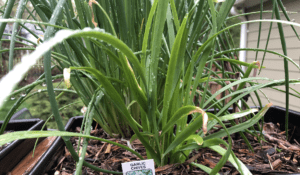
- Garlic bulbs should always be planted directly without transplantation; rarely do you start from seed. If you want to start your own garlic crop, break up the bulb into cloves and then plant each bulb about 2-inches deep and 4-inches apart.
- Leeks are a perfect ingredient for potato leek soup and require patience to grow. They are biennials so in the first year they will grow into leafy plants, in the second year they will flower and die. Jumping ahead to transplanting in April, they will take roughly ten weeks to grow and be ready by late fall. These hardy fellas like it best in the ground – unless you live in super colder climates – and you just dig the out as you need them.
- Shallots are my sister’s secret ingredient to the best guacamole ever! As a member of the onion family, these are a biennial but, like the leeks, are grown for their first year production. Like garlic, break up a bulb into cloves and plant the cloves in April. They need a “dormant period of about 30-days soon after planting”. Once the leafy tops start to turn brown, it is time to harvest and dry them in the sun.
(Merrifield Garden Center. Garlic, Leeks & Shallots), www.merifieldgardencenter.com, 7/2015. Fairfax, VA.)
ONIONS
You either love them or you hate them. Like shallots and garlic, onions will grow all summer to get you through the winter. Make sure you plant them in full sun and that the soil is rich with manure and fertilizer. Onions can be started from seed and transplanted.
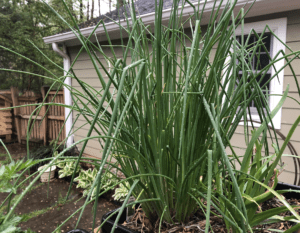
- Merrifield Garden Center suggests Yellow Sweet, White Globe, Yellow Globe and Red Globe onions for “good keepers” that will last the longest in storage. Harvest your onions when the tops turn yellow. There are a few steps: 1) when yellow, fold the growth over and harvest them two weeks later. Dry them in the sun for a few days, then cut off the tops and store them in a mesh bag at a temperature between 36-45 degrees.
- Scallions, or green onions, should be planted from the bulb, or “set”. Pick the sets that are larger than a nickel roughly 2- to 3-inches deep and as close together as you can get them. The fun part about scallions is you get to keep planting them. In roughly five weeks the set will produce the edible stems. You can pull them and replant the “nickle-sized” set for a good supply all summer long.
(Merrifield Garden Center. Onions, www.merifieldgardencenter.com, 7/2015. Fairfax, VA.)
HERBS
If a full-on garden is not your thing, why not try an herb garden? Herbs can be used with cooking, as drink seasonings, and for aesthetics. Herb gardens can be held in small pots on a window sill, hanging window boxes, or as accents to your vegetable garden. April is the perfect time to start your fresh herbs from seed so they can produce all summer long. The FOCUS on NoVA team’s favorite herbs include:
- Basil for fresh bruschetta, caprese, or a surprise flavor in your salad
- Parsley for scrambled eggs, Italian dishes and grilled vegetables
- Dill for homemade ranch seasoning, fish, and pickling
- Mint for iced tea and couscous
- Stevia – yes! It is an herb. Dried and extracted with vodka you can make your own, or just put a few crushed leaves into your sun-tea and enjoy.
- Cilantro to go with those shallots for the best guacamole and salsas
- Rosemary for beef and potato dishes and greek meatballs

